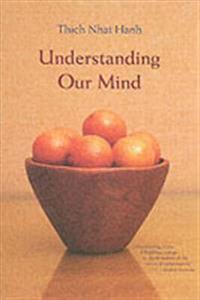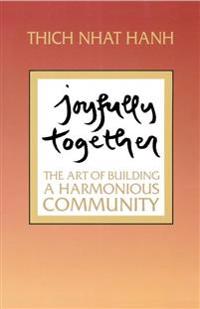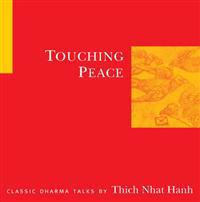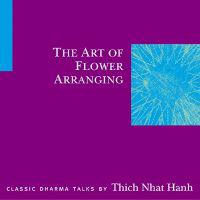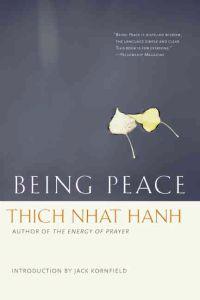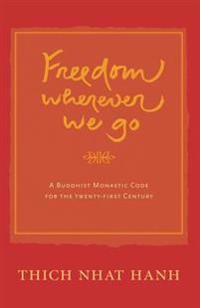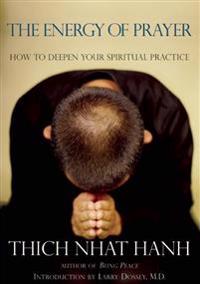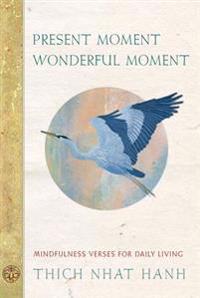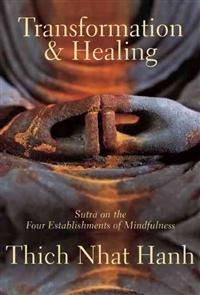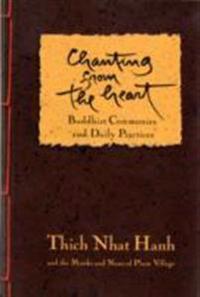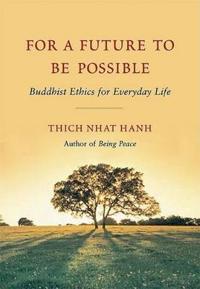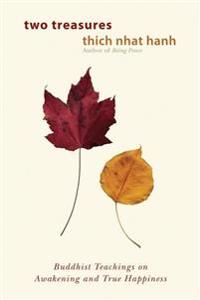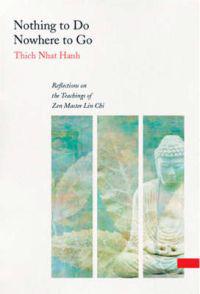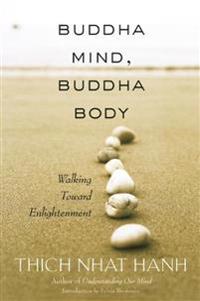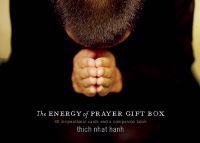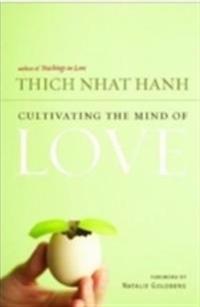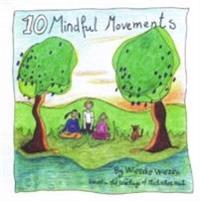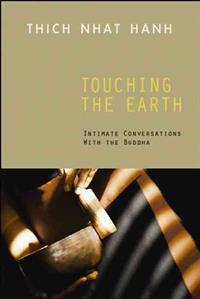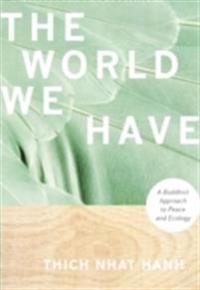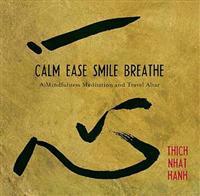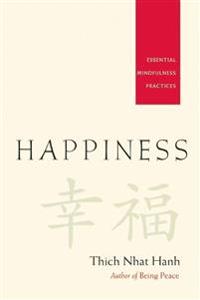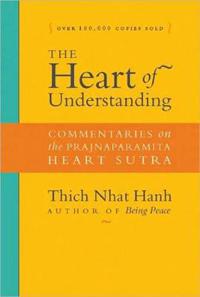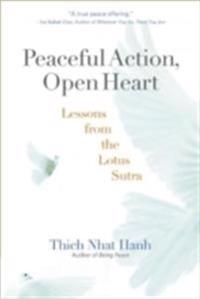Understanding Our Mind (Häftad)
avThich Nhat Hanh
ISBN: 9781888375305 - UTGIVEN: 200603This profound look at Buddhist psychology offers important insights into how Buddhism's ancient teachings apply to the modern world. Basing his work on the writings of the great fifth-century Buddhist master Vasubandhu and the teachings of the Avatamsaka Sutra, Thich Nhat Hanh focuses on the direct [...]
Joyfully Together (Häftad)
avThich Nhat Hanh
ISBN: 9781888375329 - UTGIVEN: 2003-09Thich Nhat Hanh explores the spiritual, emotional, and practical aspects of developing a community for life. He stresses the importance of communication in all our relationships as the basis for resolving difficulties and maintaining an atmosphere of harmony in "Sanghas," families, and even nations.[...]
Finding Our True Home (Häftad)
avThich Nhat Hanh
ISBN: 9781888375343 - UTGIVEN: 200309This new and definitive translation of the "Amitabha Sutra"--a central sutra of the Pure Land School of Buddhism--unlocks one of the deepest concepts of Buddhist discipline: Happiness cannot exist without suffering.[...]
Touching Peace (CD-bok)
avThich Nhat Hanh
ISBN: 9781888375374 - UTGIVEN: 200403Developing upon teachings on the art of mindful living begun in "Being Peace," Thich Nhat Hanh shows the connection between inner peace and peace on earth.[...]
The Art of Flower Arranging (CD-bok)
avThich Nhat Hanh
ISBN: 9781888375381 - UTGIVEN: 200403In this classic 1989 talk, Thich Nhat Hanh uses flower arranging as a metaphor for establishing harmony in ourselves and in our families.[...]
Being Peace (Häftad)
avThich Nhat Hanh
ISBN: 9781888375404 - UTGIVEN: 200510An ideal starting-point for those interested in Buddhism, "Being Peace contains Thich Nhat Hanh's teachings on peace and meditation. Using real examples from his own life, as well as poems and fables, Nhat Hanh explains his key practices for living "right in the moment we are alive." These lessons a[...]
The Energy of Prayer (Häftad)
avThich Nhat Hanh
ISBN: 9781888375558 - UTGIVEN: 200604Exploring why people pray, "The Energy of Prayer examines the applications and effectiveness of prayer in Buddhist and other spiritual traditions. The book introduces several meditation methods that re-envision prayer as an inclusive, accessible practice that is not tied to a particular religious or[...]
Present Moment Wonderful Moment: Mindfulness Verses for Daily Living (Häftad)
avThich Nhat Hanh
ISBN: 9781888375619 - UTGIVEN: 200612Mindful Movements (Övrigt)
avWietske Vriezen, Thich Nhat Hanh
ISBN: 9781888375794 - UTGIVEN: 200806Breathe, You Are Alive!: The Sutra on the Full Awareness of Breathing (Häftad)
avThich Nhat Hanh
ISBN: 9781888375848 - UTGIVEN: 200807Calm, Ease, Smile, Breathe (Övrigt)
avThich Nhat Hanh, Logan Payne
ISBN: 9781888375909 - UTGIVEN: 200906Happiness - Essential Mindfulness Practices (Häftad)
avThich Nhat Hanh
ISBN: 9781888375916 - UTGIVEN: 200907

